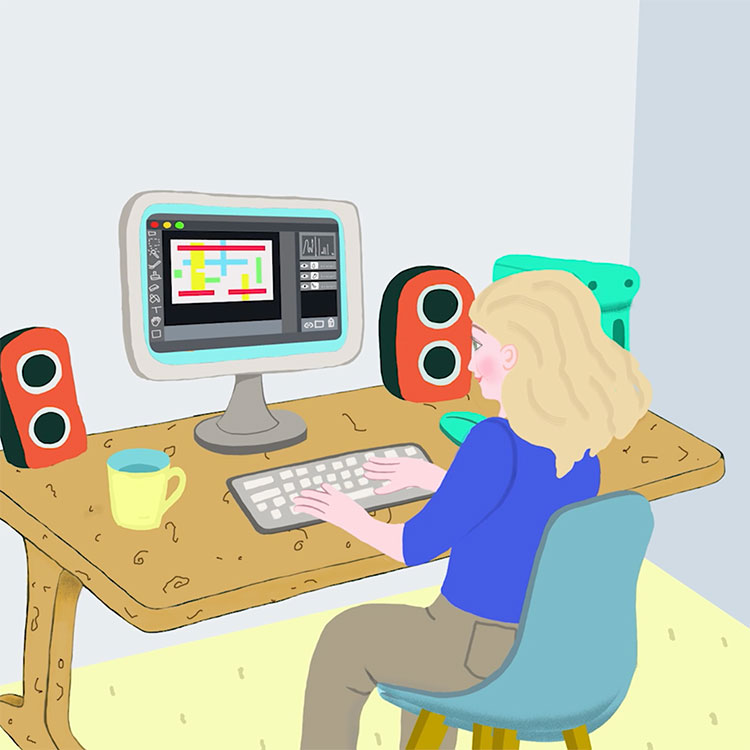Now she takes photos of real people and uses stop-motion software on her computer to make people move like puppets. She said stories that blend real life, fantasy and movement transport viewers.
“It makes people trust that dreams can mean a lot,” she said. “You don't have to always be in the present. You can go to a fantasy world and feel like it's sort of real. It gives you some space to think and let your imagination take over.”
Animation transcript:
Ruben Sprujit: End user computing is an umbrella term and this umbrella term means different things to different people. But part of this umbrella term is access to applications, windows applications, mobile applications, web applications.
To deliver windows applications there are in essence two ways how you can do that. You can install these applications on physical PCs. Or what you can do, you can virtualize these applications and run these applications in a data center and just present these applications to the end point. The end point doesn't execute these applications; it's just displaying these applications and interacting with these applications.
In this space of virtual applications and desktops there are two main concepts. One concept is desktop as a service. And the other concept is VDI virtual desktop infrastructure. Both can deliver apps or desktops. You can have a full windows desktop interface in front of you and then run applications inside this desktop. Or what you can do is just run applications in an interface. You don't see this windows desktop interface and just run an application.
The core difference between VDI and desktop as a service is the platform to deliver these applications or desktops. And this platform is a broker, the component, which is responsible to decide, "Hey, who get access to which resources." Part of this platform is a remoting protocol. Part of this platform is load balancing. Part of this platform is image management. Part of this platform is capacity management. So there are many elements in the platform.
With VDI, this platform is designed and operated and maintained and supported by often the IT department, the managed service provider. VDI is I would say more focused in an on premises data center setup, not public cloud friendly, requires people with skills to design and operate and maintain an VDI platform.
Desktop as a service is delivered as a service by a vendor by Nutanix or by other vendors in this space. As an example, Nutanix frame is a desktop as a service platform. And Desktop as a service platform needs to communicate with infrastructure to run applications and desktops. So Amazon, Google, and Azure in public cloud or on premises resources through Nutanix AHV. That's the key difference between VDI and desktop as a service.
From a consumer perspective, he, she, we don't care about VDI or desktop as a service. The only thing we care about is access to my applications and my data, securely on any device.












